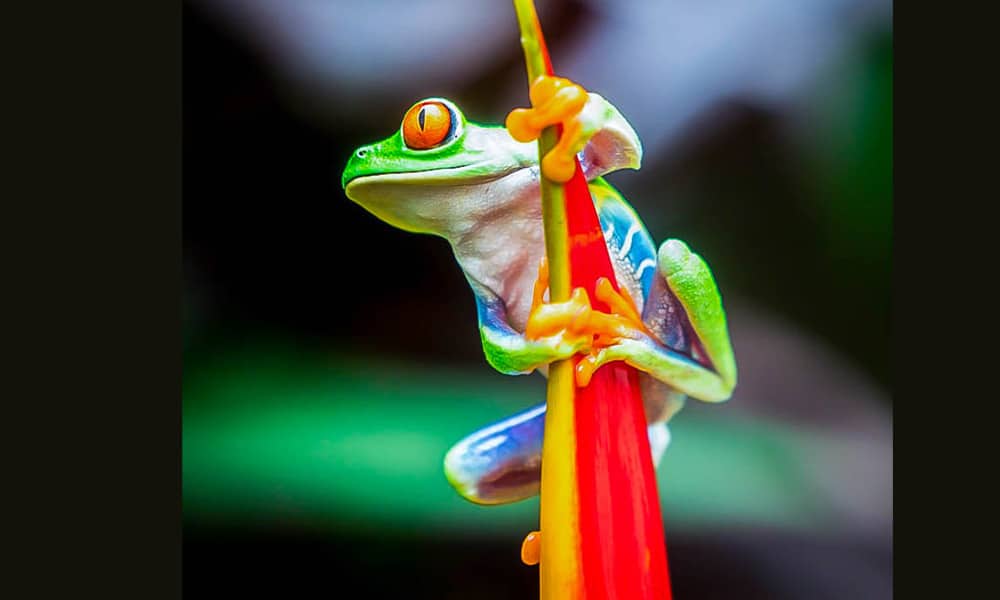Climate change has become the main factor affecting the extinction of amphibians, according to a study published on Wednesday in the journal Nature.
Animals such as toads, frogs, salamanders and other cold-blooded creatures, capable of living in water and on land, are very vulnerable to environmental changes, as they have no feathers, fur or scales to protect themselves.
Salamanders and newts are the most affected species and the threat is concentrated on the Caribbean islands, in Mesoamerica, in the tropical areas of the Andes, Madagascar and Sri Lanka, among other regions.
In extreme climates linked to climate change, amphibians dehydrate quickly and have also lost the wetlands they need for breeding. More frequent and intense storms, flooding or sea level rise can destroy the forests where they live and reproduce.
“In many cases these changes are happening too fast for them to adapt,” said Kelsey Neam, an expert from the Amphibian Specialist Group of the International Union for Conservation of Nature’s (IUCN) Species Survival Commission.
“Climate change is an underestimated threat to amphibians” and is going to become “more evident,” said Neam, co-author of the study. “We expect climate change to push species towards extinction,” said Neam. Amphibians play an essential role in the food chain, as they feed birds, mammals and reptiles.
A major 2004 study showed these animals are the most threatened vertebrates on the planet. The study published on Wednesday is based on an update made last year of this global research, using an assessment of the status of 8,011 species, commissioned by the IUCN.
The conclusion is that the situation for amphibians continues to deteriorate and 41% of these animals are now classified as “threatened,” a rating that includes vulnerable, endangered and critically endangered species.
In some parts of Australia and Brazil, the reduction in rainfall due to climate change is projected to threaten frog breeding, which depends on soil and leaf moisture so their eggs don’t dry out.






